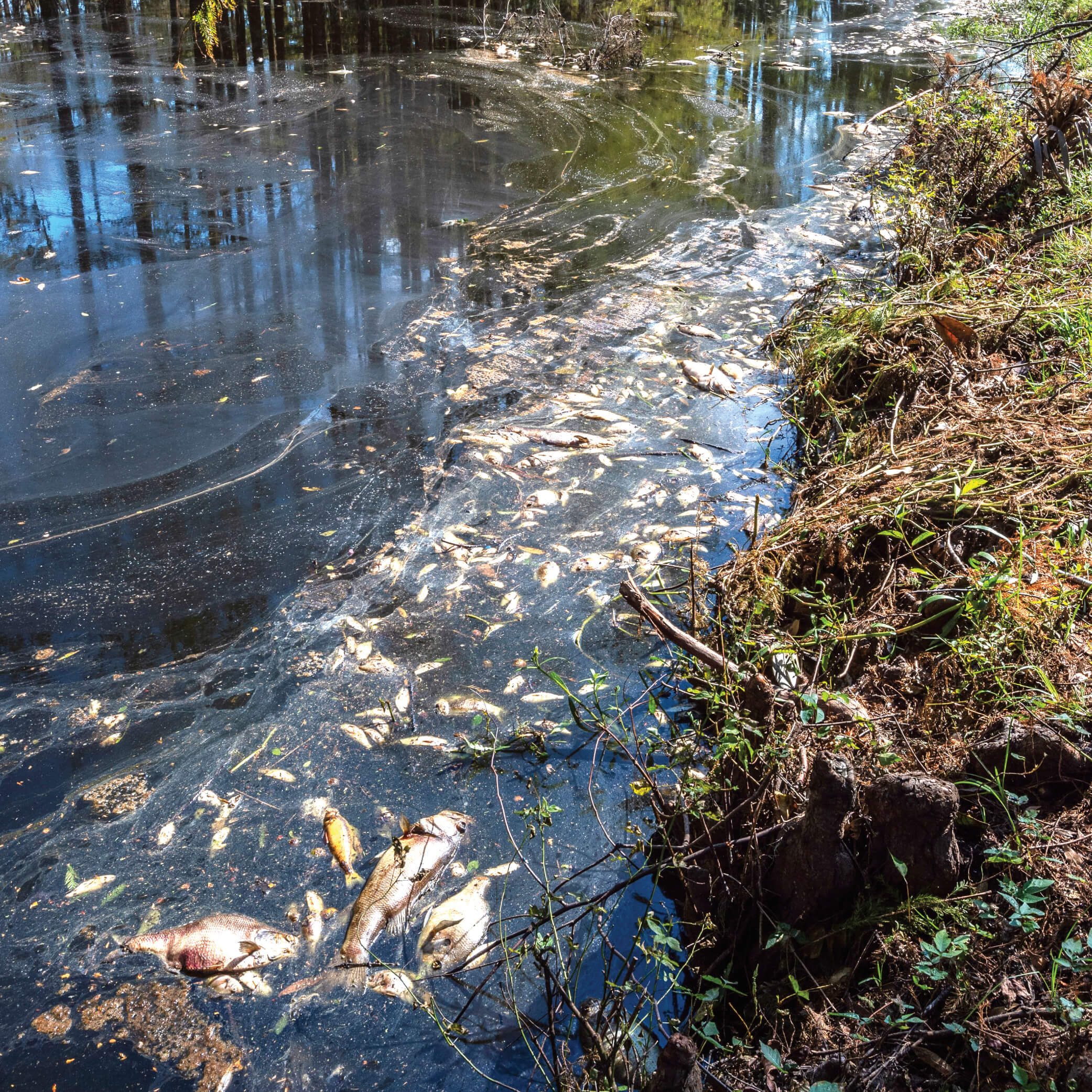Climate Change: The Surge of Deadly Waterborne Disease

Waterborne illnesses [01] are likely to occur more frequently with the ongoing changes to our weather and climate patterns. The fear is getting closer to reality as global temperatures are expected to rise by 1.5°C by the 2030s [02]. The findings of a recent study [03] support a long-held hypothesis that climate change may increase the concentrations of bacteria that flourish in warm U.S. waters and produce infections with a disproportionately high mortality rate. As climate change [04] has warmed the brackish coastal waters where the bacteria reside, infections from Vibrio vulnificus, albeit still uncommon, have grown eightfold between 1988 and 2018.
Vibrio vulnificus: What is it and how are they detected?
Vibrio vulnificus [05] is one of several forms of the Vibrio bacteria. The most well-known is Vibrio cholerae, a waterborne sickness that causes acute diarrhea and, if left untreated, can be fatal in a matter of hours. Vibrio vulnificus is a flesh-eating bacteria that thrives in coastal waters and kills approximately 20% of its victims moving up the East Coast at a rate of about 30 miles per year, far beyond its native Gulf Coast habitat. About 100 people [05] a year become infected and seek medical care for it, though it's estimated that a far larger number of people have mild infections that their bodies successfully fight off.
There are several methods used in the isolation, detection, and characterization of these bacteria. Two of which are Culture-independent Diagnostic Tests (CIDTs) [06] and Microbial Culture. The former can identify the general type of bacteria causing illness within hours, without having to culture, or grow the bacteria in a laboratory. However, a shift toward CIDTs means that clinical laboratories may stop culturing, or producing bacterial isolates, from patients with foodborne/waterborne illness. Without a bacterial isolate from the culturing process, public health scientists can’t perform tests that determine an organism’s strain or subtype (such as DNA fingerprints), resistance pattern, or other characteristics. This information is needed to detect and prevent outbreaks, track antibiotic resistance, and monitor disease trends to know if prevention measures are working.
The traditional culture techniques for VBNC bacteria isolation from environmental water samples rely on enrichment steps(s) in broth and plating on selective media, followed by confirmation utilizing a series of biochemical assays or PCR and serological testing to determine strain serotype. Water samples should be concentrated by filtering using 0.2-µm polycarbonate membrane filters [07]. Because the cells of VBNC bacteria are frequently smaller than 0.45 µm, it is recommended to use 0.2 µm pore size filters rather than 0.45 µm pore size filters. In comparison to nitrocellulose membranes, polycarbonate membranes are preferred because the cells adhere to the polycarbonate filters and may be easily removed by vortexing, whereas the fibers of nitrocellulose membranes trap the cells. Overnight enrichment is performed and surface aliquots from the microaerophilic pellicle layer are streaked for isolation onto selective bacteriological media. Once strains are purified on a medium, they are confirmed by either PCR or by simple slide agglutination.
Iain Lake, a professor of environmental epidemiology at University of East Anglia and senior author of the paper says the expansion [04] of Vibrio vulnificus is concerning for public health since the bacteria is now invading waters closer to heavily populated areas, such as New York and Philadelphia. “Everyone can get a Vibrio vulnificus infection,” he says. “But the more interaction there is between warmer waters and people, the more the bacteria can move into populations such as the elderly and those with other health conditions, who are more vulnerable to infections.”
The pathways by which infectious diseases spread are significantly impacted by this change in weather patterns. Changes in wind and precipitation patterns [08] allow airborne infections to spread farther, and variations in the water cycle can lead to flooding or droughts, which are ideal environments for the spread of waterborne diseases. While public health organizations cannot essentially prevent climate change from occurring, the best course of action [09] that could be taken would be to learn and adapt to changing diseases in their communities. With proper awareness, adaptation and education, public health professionals can be prepared to address the challenges now emerging from the fast-accelerating course of disease brought by climate change.
References:
[01] Rohde, R. (2022) Waterborne diseases in a changing climate, ASM.org. Available at: https://asm.org/magazine/2022/Spring/what-might-be-hiding-in-your-water
[02] Garthwaite, J. (2023) AI predicts global warming will exceed 1.5 degrees in 2030s, Stanford News. Available at: https://news.stanford.edu/2023/01/30/ai-predicts-global-warming-will-exceed-1-5-degrees-2030s/.
[03] Archer, E.J. et al. (2023) Climate warming and increasing vibrio vulnificus infections in North America, Nature News. Nature Publishing Group. Available at: https://www.nature.com/articles/s41598-023-28247-2.
[04] Park, A. (2023) Deadly waterborne bacteria are surging due to climate change, Time. Time. Available at: https://time.com/6265189/vibrio-vulnificus-spreading-climate-change/.
[05] Weise, E. (2023) 'it's expanding': Deadly flesh-eating bacteria thrive on east coast as climate warms, research shows, USA Today. Gannett Satellite Information Network. Available at: https://www.usatoday.com/story/news/nation/2023/03/25/flesh-eating-bacteria-thrive-us-climate-change-effect-research/11531656002/.
[06] Center for Disease Control and Prevention, (2022) Culture-independent diagnostic tests, Centers for Disease Control and Prevention. Available at: https://www.cdc.gov/foodsafety/challenges/cidt.html
[07] Huq, A. et al. (2012) Detection, isolation, and identification of vibrio cholerae from the environment, Current protocols in microbiology. U.S. National Library of Medicine. Available at: https://www.ncbi.nlm.nih.gov/pmc/articles/PMC3461827/.
[08] Wu, X. et al. (2015) Impact of climate change on human infectious diseases: Empirical evidence and human adaptation, Environment international. U.S. National Library of Medicine. Available at: https://pubmed.ncbi.nlm.nih.gov/26479830/.
[09] Petruzelli , N. (2020) The review: A Journal of Undergraduate Student Research, The Influence of Climate Change on Disease and Public Health. Available at: https://fisherpub.sjf.edu/cgi/viewcontent.cgi?article=1284&context=ur.


![Join Sterlitech at BIO 2024 [Booth #5558]: Exploring the Future of Biotechnology](https://www.sterlitech.com/media/blog/cache/300x200/magefan_blog/b4.jpeg)



